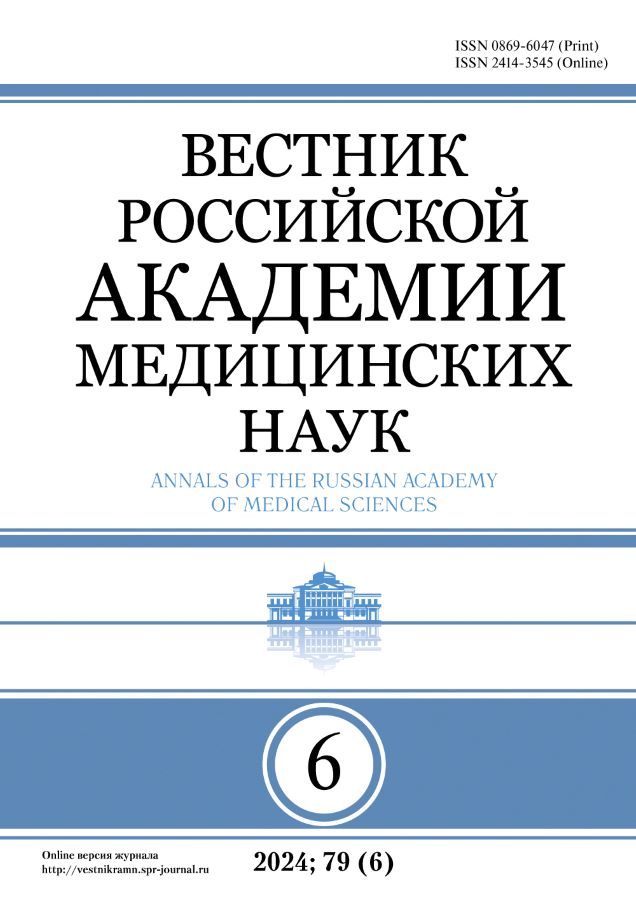Аннотация
Цель исследования: изучить апоптоз отдельных клеточных компонентов сосудистой стенки коронарных артерий на различных морфологических стадиях атеросклероза. Материал и методы исследования. Исследования проводили на коронарных артериях, взятых от 52 умерших больных с атеросклерозом и ишемической болезнью сердца на различных стадиях атерогенеза. Для морфологического исследования готовили парафиновые срезы, которые окрашивали гематоксилином и эозином, по Ван Гизону, по Массону, на липиды суданом черным В, по Ван Коссу. Для определения апоптоза использовали метод TUNEL на парафиновых срезах. Апоптотический индекс (АИ) вычисляли по TUNEL-позитивным клеткам внутренней и средней оболочки коронарной артерии по всему периметру каждого микропрепарата при увеличении 1000. Результаты. Исследование апоптоза показало достоверное (р <0,05) увеличение АИ гладких миоцитов, эндотелиоцитов, макрофагов в коронарных артериях, пораженных атеросклерозом, по сравнению с неповрежденными сегментами сосудов контрольной группы Достоверное снижение АИ эндотелиоцитов, гладких миоцитов и макрофагов (р <0,05) прослеживалось от ранних стадий атерогенных нарушений к атероматозу. Выводы. Установлено, что апоптоз гладкомышечных клеток, макрофагов и эндотелиоцитов наиболее интенсивно протекает на ранних стадиях атеросклеротического процесса. По мере прогрессирования атеросклероза выраженность и распространенность апоптоза клеток коронарных артерий снижается, и преобладают процессы некроза. Апоптоз клеток коронарных артерий способствует расширению зоны атероматоза, дестабилизации бляшки, увеличивает риск развития тромбозов и образования изъязвлений.








